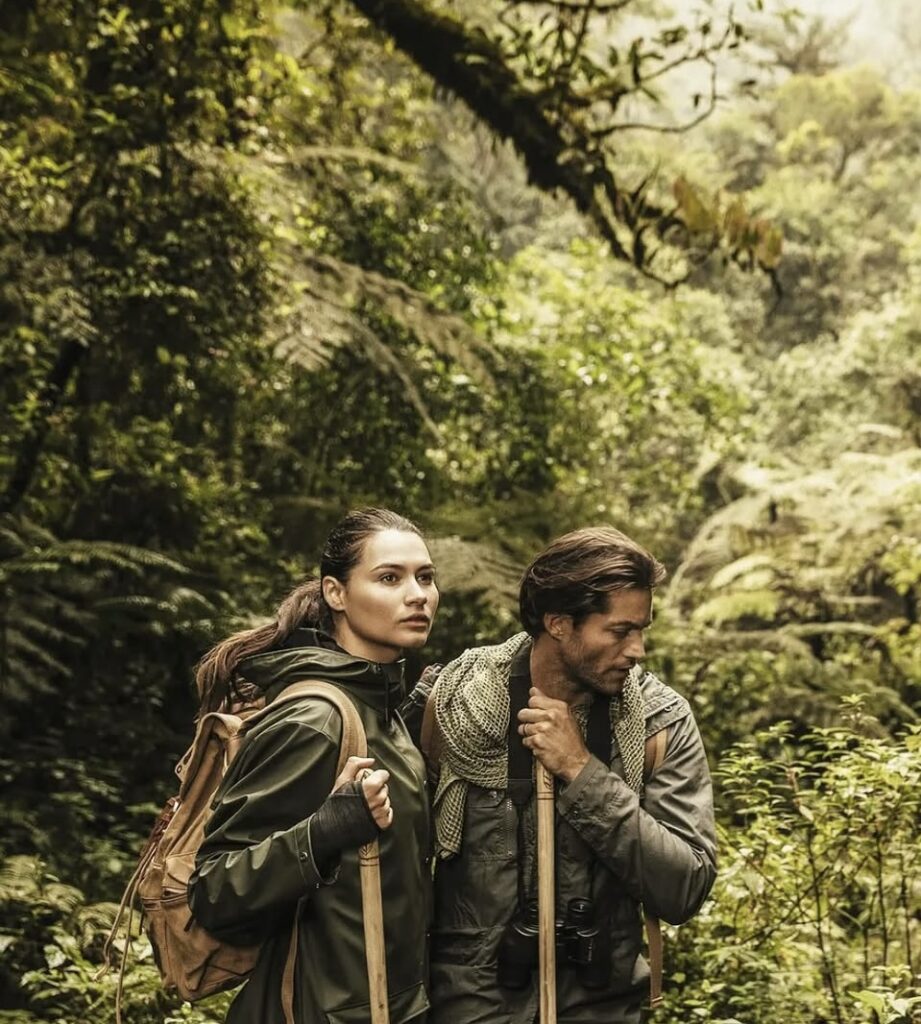Uganda is one of the world’s premier destinations for mountain gorilla encounters, with trekking centered in Bwindi Impenetrable National Park and Mgahinga Gorilla National Park. These parks offer the rare opportunity to spend time with habituated gorilla families in their native rainforest habitat, combining dramatic scenery, biodiversity, and strong conservation programs.
Permits, booking and timing
Book gorilla permits as early as possible: permits are strictly limited and high-demand months (dry seasons) fill quickly. Plan and secure permits months ahead of your travel dates to avoid disappointment.
Permits are issued through the Uganda Wildlife Authority or authorized tour operators( Tribes Gorilla Trekking Tours); confirm the exact permit process, current fees, and any age or health restrictions with your operator before final payment.
Best time to go: the main windows are the drier months (typically June–September and December–February) when trails are easier and wildlife viewing is excellent, though Bwindi is accessible year-round and each season offers different photographic and birding opportunities.
Preparing physically and mentally
Fitness: expect treks lasting from about 2 to 6 hours (sometimes longer) over steep, muddy, and uneven trails. Build stamina with hill walking and cardio 4–6 weeks before travel.
Altitude and climate: Bwindi elevations range roughly between 1,200–2,600 m; pace yourself, hydrate, and allow time to acclimatize if coming from low elevations.
Porter option: hire a local porter at the trailhead to carry gear and support local livelihoods — it reduces strain and is highly recommended for less-experienced trekkers.
Packing, gear, and a printable checklist
Essential items (carry these in your daypack during the trek):
Footwear: sturdy waterproof hiking boots (broken-in)
Clothing: long-sleeve shirts, long trousers, lightweight layers, quick-dry base layer, warm fleece for early mornings
Rain protection: waterproof jacket, poncho, and waterproof covers for camera and electronics
Trekking aids: gloves for grabbing vegetation, gaiters, walking pole (optional), hat
Health & hygiene: water bottle or hydration bladder, high-energy snacks, basic first-aid items, personal medication, insect repellent
Photography: camera with telephoto lens, spare batteries, ample memory cards (no flash during gorilla viewing)
Documents & cash: printed permit, passport, travel insurance details, local currency for tips and extras
Packing checklist (compact for client use):
Hiking boots; long trousers; long-sleeve shirts; waterproof jacket; gloves; gaiters; walking pole; daypack; water bottle; snacks; camera + batteries; waterproof camera cover; insect repellent; first-aid kit; passport + printed permit; cash for tips.
Gorilla etiquette, health, and safety
Distance and time limits: follow ranger rules on minimum distance and the permitted one-hour viewing period with habituated gorilla families to reduce disease risk and stress on the animals.
Hygiene: do not visit if you are ill; rangers may deny participation for health reasons; wear a face mask if required or recommended to protect gorillas from human-borne diseases.
Photography and behavior: no flash, stay quiet, avoid sudden movements, and follow guide instructions at all times for your safety and the gorillas’ welfare.
Insurance & health prep: maintain comprehensive travel insurance covering trekking and emergency evacuation; consult a travel health clinic for vaccinations and malaria prophylaxis recommendations.
Accommodation, access and logistics
Gate-side lodging: choose accommodation near your chosen park sector to minimize transfer time on trekking day; options range from budget guesthouses to boutique and luxury lodges.
Transport options: road transfers are common and scenic; for faster access, consider domestic flights to nearby airstrips where available.
Cash and connectivity: ATMs are limited near parks — bring sufficient local currency for tips, porter fees, and small purchases; mobile coverage can be spotty in forested areas.
Pro insider tips
Permits first: secure your gorilla permit before booking flights or expensive non-refundable services.
Flexibility: allow buffer days in your itinerary for weather or tracking delays; being flexible reduces stress and increases your chance of a great encounter.
Combine trips: add chimp tracking (Kibale) or cultural visits and Lake Bunyonyi for a richer Uganda experience.
Support conservation: use reputable operators who return funds to conservation and community projects.
FAQ — Gorilla Trekking Questions
Which parks in Uganda offer gorilla trekking? Bwindi Impenetrable National Park and Mgahinga Gorilla National Park are the primary gorilla-trekking parks in Uganda.
How long does a gorilla trek take? Trekking time varies widely; most treks are 2–6 hours but can be shorter or longer depending on gorilla movement and trail conditions.
How far in advance should I book a permit? Book permits as early as possible — months in advance for peak season — because availability is limited and demand is high.
What is the cost of a gorilla permit? Permit fees change over time; check the current UWA rate with your operator when booking to confirm the latest price and what it includes.
Are children allowed to trek? Age restrictions apply; check current Uganda Wildlife Authority rules and your operator’s policy before planning family trips.
What if the gorillas are not found? Operators and park authorities use experienced trackers and rangers; refund or rebooking policies vary — confirm these terms with your tour operator before travel.
Is it safe to trek? Treks are conducted with trained rangers; following guide instructions and standard etiquette keeps both visitors and gorillas safe.



